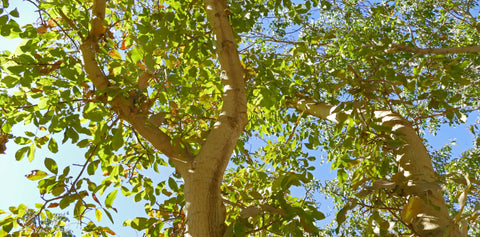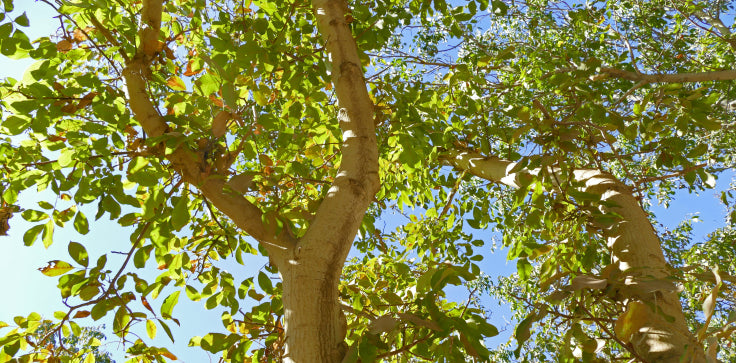
Here at California Pacific Specialty Woods we provide many different types of wood, but the majority of what we harvest is walnut wood. If you take a drive through Northern California’s back roads, one might think that walnut trees have always grown in California. This assumption could be expected based on the obvious amount of orchards, fertile soil and the fact that California produces seventy five percent of the world’s walnuts. But despite what might seem obvious, walnut trees were only first introduced to California’s soil in the 1700’s by pioneers of the Catholic Church.

And this is where we come in. Orchard owners oftentimes need to replant in order to keep production at a maximum, and we provide orchard removal and cleanup. We salvage the trees and ship them to our mill and storage yards where they are trimmed and milled to be used in all of the products we carry on our website. It’s a wonderful thing to see a tree that once provided an ancient and royal food now become a beautiful piece of art crafted by furniture makers, luthiers and gunsmiths that will be cherished for generations. Wood is what we do – and we love it!
